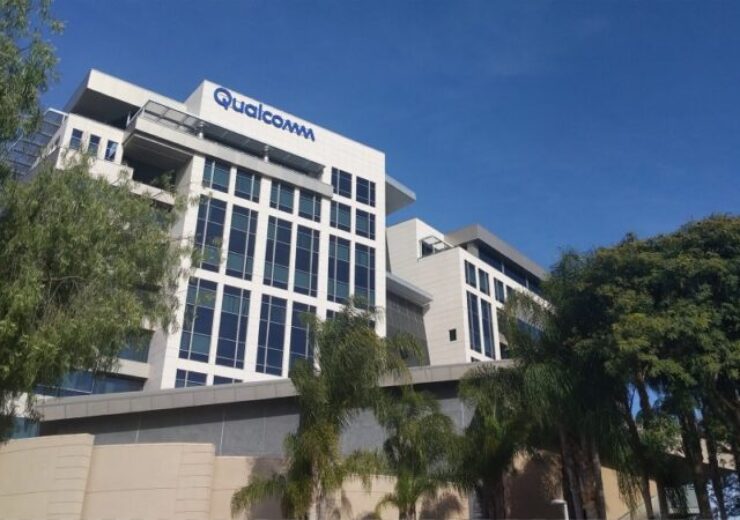By the end of this decade, Qualcomm wants to achieve a 50% reduction in absolute Scope 1 and 2 GHG emissions, while decreasing its Scope 3 GHG emissions by 25%

Qualcomm to power its headquarters in San Diego with 100% renewable energy. (Credit: Qualcomm Technologies, Inc.)
Qualcomm has revealed its ambition to achieve net-zero global emissions for Scopes 1, 2, and 3 by the end of the next decade, while committing to the Science Based Targets initiative’s (SBTi) Business Ambition for 1.5°C.
The US semiconductor company will pursue three long-term greenhouse gas (GHG) reduction goals, which are said to supplement its previously disclosed 2025 GHG reduction strategy.
Qualcomm will target a 50% reduction in absolute Scope 1 and 2 GHG emissions by the end of this decade, compared to the emission levels in the 2020 base year.
Its second goal will be to drive a 25% reduction in absolute Scope 3 GHG emissions by 2030 from the base year of 2020. The third goal will be to reach net-zero global emissions for all the three scopes of GHG emissions by 2040.
Qualcomm president and CEO Cristiano Amon said: “Our net-zero goal and commitment to SBTi reflects our belief that environmental sustainability is absolutely imperative, with significant social and economic benefits that require collective action and leadership from Qualcomm and other corporate citizens.”
The chip making major said that it has been working towards reaching the three goals by buying 100% renewable energy for its headquarters in San Diego, California.
Through long-term power purchase agreements (PPAs), the company plans to transition to renewable energy. The company also plans to decarbonise its operations and use a minimal amount of renewable energy credits (RECs) and carbon offsets for residual emissions.
According to Qualcomm, the wireless industry and cellular connectivity by connecting everyone and everything are helping in generating efficiencies, bringing down power consumption of computing and consumer electronics, and helping to close the digital divide.
The company claimed that its technologies are aimed at providing innovative ways to maximise the performance of devices, while decreasing the amount of energy they use.
As an example, the company said that its Snapdragon platforms are designed to drive power consumption optimisation, enable longer battery life, and increase the duration of the device’s usage before it has to be recharged.
Amon added: “5G technologies and products will be instrumental in driving an environmentally sustainable future. We’re working with our partners and customers to reduce emissions footprints, conserve resources and harness the sustainability benefits of 5G globally.”
Last month, the chip manufacturing company announced the acquisition of Veoneer, a Sweden-based automotive technology company, for $4.5bn.


